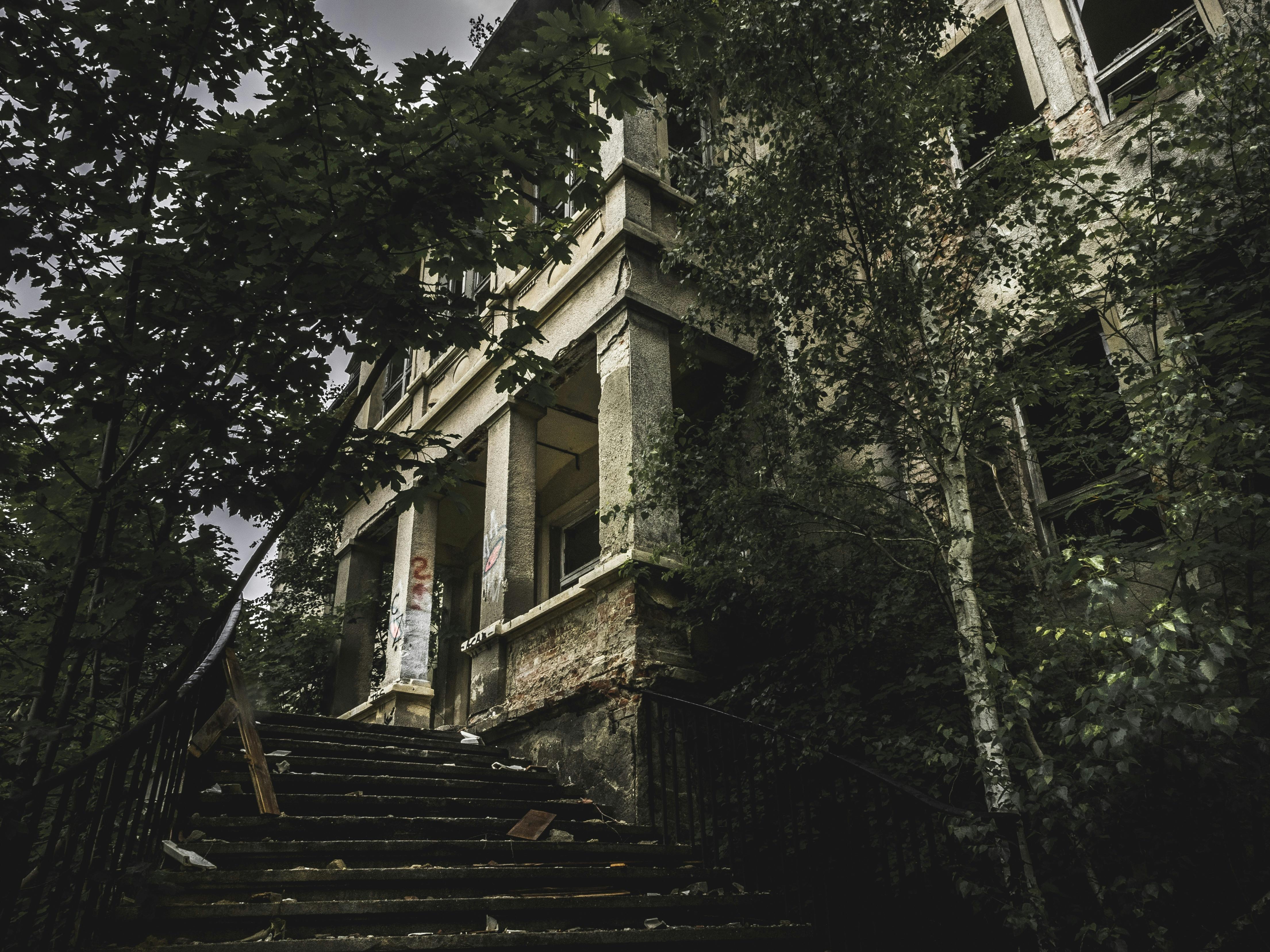Unveiling the Allure of Dark Tourism: A Journey into the Shadows
Dark tourism, the practice of visiting sites associated with death, disaster, or atrocity, has been quietly gaining momentum among travelers worldwide. From the catacombs of Paris to the radioactive ruins of Chernobyl, these destinations offer an alternative travel experience that provides a stark contrast to the typical sun-soaked beach vacation. While it may seem like a modern trend, dark tourism has roots stretching back to the Middle Ages, with pilgrimages to sites of religious martyrdom, and it has evolved significantly since then.

The Pull of the Macabre: Current Trends in Dark Tourism
Today, dark tourism encompasses a wide variety of destinations, from war memorials to abandoned asylums, haunted locations, and sites of natural disasters. Experts attribute the rise in popularity to a combination of factors, including an increased interest in history, a desire to understand and empathize with past horrors, and the thrill of the macabre. It also ties into the growing trend of experiential travel, where tourists seek out unique and emotionally impactful experiences.
The Light in the Dark: Advantages and Challenges of Dark Tourism
Dark tourism offers a unique opportunity for education and reflection. It allows travelers to confront difficult aspects of human history face-to-face, fostering a deeper understanding and empathy. However, it is not without its challenges. Balancing the respect for those affected by the tragedies associated with these sites and the curiosity of visitors can be a delicate task. There’s also the risk of commodifying suffering, turning it into a spectacle rather than a solemn reminder of past events.
Notable Dark Tourism Destinations and Their Stories
- Auschwitz-Birkenau, Poland: This infamous Nazi concentration and extermination camp is now a poignant memorial and museum, offering a sobering look at the horrors of the Holocaust.
- Chernobyl Exclusion Zone, Ukraine: An eerie testament to the world’s worst nuclear disaster, this site welcomes visitors with guided tours that teach about the event’s catastrophic impact.
- Ground Zero, USA: The site where the Twin Towers stood before the 9/11 attacks is a powerful symbol of loss and resilience, attracting millions of visitors each year.
- Hiroshima Peace Memorial Park, Japan: This park commemorates the atomic bombing during World War II, promoting peace and nuclear disarmament.
Dark Tourism: A Sobering Journey Into the Past
In conclusion, dark tourism offers a unique way to explore history, providing a raw and poignant lens to view the past. While it presents certain ethical challenges, it also offers opportunities for education, empathy, and understanding. As with all travel, respect and mindfulness are key. By visiting these sites, travelers not only delve into the past but also carry forward the lessons learned, ensuring that these stories continue to resonate with future generations. As dark tourism continues to grow, it is essential to remember the real people and stories behind these sites, turning our visits into a tribute rather than a trivialization.




